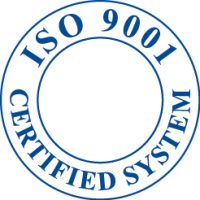Can pad printing machines print with other fluids besides ink?
Indeed, pad printing has a versatile range of applications beyond ink markings. It can effectively transfer various substances such as conductive materials, lubricants, solder paste, wax, adhesive coatings, biomedical chemicals, and many others. The pad printer remains indifferent to the specific media being transferred as long as it fulfills a set of fundamental requirements: The viscosity should resemble that of pad printing inks. The material should exhibit cohesion, maintaining its shape without beading up when…


